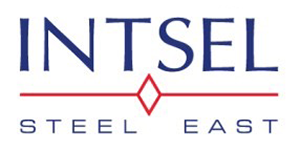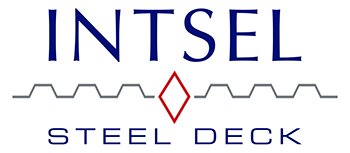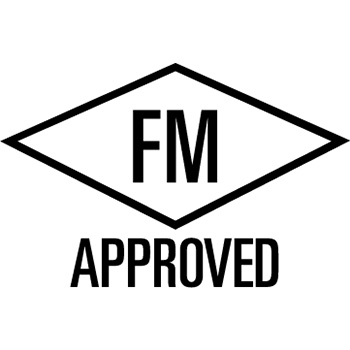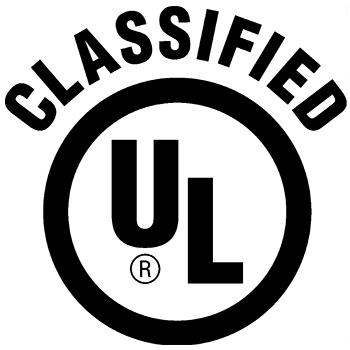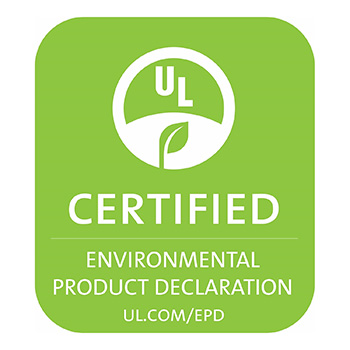Welded Vs Seamless Tubes: The Pros and Cons of Each
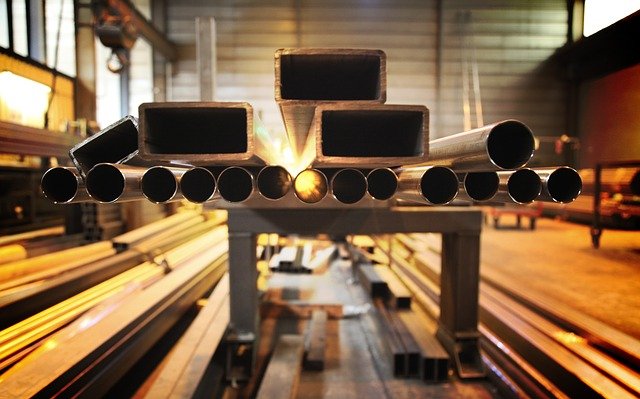
When comparing a welded vs seamless tube, the biggest differences lie in their construction, and in what they are each used for. Which one you use will depend on your overall project and goals. So with that in mind, let’s explore some of the most common uses of both welded and seamless steel tubes!Common Welded Steel Tube ProjectsOne of the most common ways welded tubes are used within the construction industry. Because of the unique construction qualities that make them especially resistant to buckling, they can be used as structural support elements in things like bridges or skyscrapers. They are also often used in plumbing systems and ventilation ducts, as well as in pipes for transferring fluids such as oil, water, gas, or other liquids from one place to another. Many times, welded tubes are also commonly used in the automotive industry, for parts like exhaust systems. Welded steel is able to withstand vibration for long periods without deforming or breaking down over time, making it ideal for use in cars. They can also be used in the shock absorber, muffler, axle tubing, and more.Another unique benefit that welded steel tubes offer is their extreme resistance to corrosion. This makes welded steel tubes ideal for any project which involves an acidic environment. Corrosive piping can be devastating for a production, so using the right materials to begin with can save you a big headache down the road.Common Seamless Tube ProjectsSeamless tube projects are becoming increasingly popular in a wide range of applications, including the automotive, marine, aircraft, and medical industries. Within the geological industries, they are also commonly used for drilling, due to the precision they offer. They are also oftentimes used as boiler pipes because they withstand high temperatures well and resist oxidation.Automotive applications for seamless tubes can include rotor shafts, fuel lines, and seat belt tensioners. Automotive manufacturers prefer seamless tubes because of their superior performance in extreme environments, such as very cold, or where a detailed design is essential. Aircraft also utilize seamless tubing for various components due to its lightweight, yet strong nature. Common uses include the fuselage, structural components, and stringers. Seamless steel tubing is ideal for aircraft because it can resist elements like humidity and salt water, which planes regularly encounter while flying. In addition, it stands up well to pressure and extreme temperatures, offering a reliable structural material for years to come. They can also support extremely high loads of weight, which is of course, essential for any plane.Medical devices also regularly utilize seamless tubing for prosthetics and other medical devices. Seamless tubing works especially well, even inside a harsh environment such as inside the human body or in a laboratory setting, where there may be regular exposure to corrosive fluids or chemicals. Common uses include endoscopic devices, medical scissors, and dissectors. Thanks to the detailed design options that seamless steel tubing offers, medical professionals and patients can be sure their devices are crafted with quality and accuracy.
As of 2021, the metal pipe and tube manufacturing industry is worth a whopping $12.4 billion across the US. You may not think of it as one of the larger industries, but steel tubing is a staple in pretty much all buildings constructed across the nation. This makes sense when you consider that it’s used in many applications such as plumbing and electricity.
When constructing a new building, you will need to choose between welded vs seamless tube options. Read on to learn the difference and to get some insight into the pros and cons of each.
What Are Welded Tubes?
Welded tubing is the most common and durable type of steel tube manufacturing method. Tubes are created by rolling stainless steel into tube shapes before being welded along their full length. The seam will then often be refined by using cold rolling methods, but sometimes it will be left as is.
Because welded pipes can have multiple seams, it’s also possible to get piping in many different shapes. You can have square and rectangular pipes made if they will fit better in your space that way. They can also be extremely large in diameter because they can have more than one seam.
Welded tubes often have larger diameters and thinner walls than their seamless counterparts. This allows for larger items to pass through them. They can also be drawn like seamless tubing for a better seam and finish, giving them a tighter tolerance. This makes them resistant to heat and water.
The Pros and Cons of Welded Pipes
There are many benefits to the use of welded tubing. They include:
- They’re manufactured very quickly
- Rapid development of new manufacturing technologies
- They have a much lower cost (in a comparison between seamless vs welded pipe options)
- High precision in diameter and thickness
- Tolerances are tighter
- You can get them in long lengths
- They have consistent concentricity
- Aesthetic brightness (when the tube is visible)
There are also several downsides:
- Smaller-diameter pipes are have much longer production times
- The welding process is difficult for small diameter pipes
- Welded pipes have a seam that some people consider unsightly
- They have slight impurities around the seam
- They’re more likely to corrode than alternatives (especially around the seams)
- Higher levels of stress in certain areas
How Are Seamless Pipes Any Different?
Seamless tubing is similar to its welded counterparts, but it doesn’t have a seam or bead down the center of its surface. There are multiple ways to make a seamless tube, all more intricate than the welded piping process.
Rotary piercing is among the most common methods. A solid biller of metal rolled in a cylindrical shape (the ‘mother tube’) is given a small indentation on one side. It then is fed through a roller system that shapes the outside diameter of the stainless tubing. This is done with an inner die called the ‘piercer roll,’ which is aligned with the indentation (that forms the interior tube diameter).
This simple process is extremely precise and therefore does not work well for small-diameter tubing. Drawing, another seamless tube production method, is superior for small-diameter pipes. A mother tube is crimped and pulled through a narrowing die. This stretches the tube to be longer and narrower.
Seamless Tubes: The Benefits and Downsides
There are a variety of advantages to seamless pipes:
- High resistance to corrosion (from chemicals, gas, oil, and water)
- High pressure rating (things can move through it with tighter concentrations and higher temperatures)
- Extremely durable as a result of these points
- Aesthetically pleasing due to being symmetrical and uniform
- Great for smaller applications that require precision
- More pure steel than other alternatives
There are also several disadvantages, such as:
- Significantly longer manufacturing times
- Much more difficult to manufacture
- Higher cost due to increased labor
- Difficult to have custom-made (due to higher wait times and cost)
- Cannot be easily used for tubes with larger diameters
Welded vs Seamless Tube: Which Option Is Right for Your Applications?
The main factor in which type of tubing you choose should be the size of the pipes you need. Welded tubes are ideal for thin-walled/large diameter tubes. If you need thicker tubes or smaller diameters, seamless welding is likely the way to go.
Welded tubes are generally used in architectural and construction applications. These industries require very accurate dimensions, so the precision of the welded tubing process is beneficial. Since welded tubes have a fast manufacturing process, it’s easy to customize the end result. You can therefore specify the exact length of your tubing as well as the shape and diameter size. You don’t need to choose from pre-set specifications.
Welded tubing is also perfect for general use applications because it is much more affordable. This is the case in many different industries that want to get specialized tubing manufactured quickly and cheaply.
On the flip side, contractors who are creating and installing industrial machinery may prefer seamless tubes because they’re stronger. Corrosion resistance is essential for those who are building tubes that oil or chemicals will move through. Some people also prefer to use seamless tubes in areas where the pipes will be visible. They want to avoid seeing the seam and prevent impurities. If uniformity and aesthetics are one of the goals, seamless tubes may be worth the additional cost.
Get Started With Metal Piping
Now you know the differences between a welded vs seamless tube and the pros and cons of each. That means it’s time to get started selecting the perfect tubing for your individual applications.
Browse and shop for tubing and piping with Bushwick metals. We offer a wide range of products including circular, square, and rectangular steel tubing. We’re committed to ensuring that you have the best possible materials to be as effective a contracting professional as possible, so we look forward to you reaching out.
